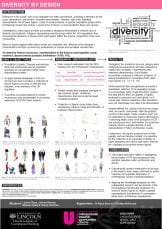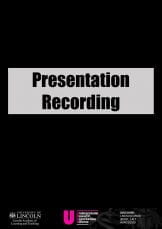By Charlie Wootton, Joshua Haynes, Lauren Glass & Wiktoria Rabij


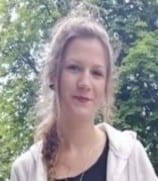
 The human form is an invaluable tool within architecture, providing a tangible reference for the scale, atmosphere, and function of spatial environments. However, due to the important representative role of these figures, a lack of visual inclusivity of specific population groups within architectural visuals may portray a space to be exclusive or inaccessible for these user groups. Online figure archives demonstrate a common lack of diversity and inclusivity of figures representing minority groups within the UK’s population, thus increasing the likeliness of visuals which inaccurately reflect the diverse composition of our local communities.
The human form is an invaluable tool within architecture, providing a tangible reference for the scale, atmosphere, and function of spatial environments. However, due to the important representative role of these figures, a lack of visual inclusivity of specific population groups within architectural visuals may portray a space to be exclusive or inaccessible for these user groups. Online figure archives demonstrate a common lack of diversity and inclusivity of figures representing minority groups within the UK’s population, thus increasing the likeliness of visuals which inaccurately reflect the diverse composition of our local communities.
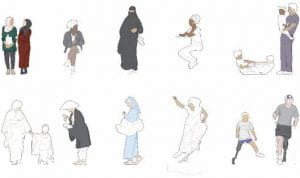
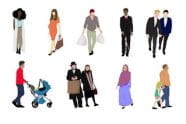

Students were asked to produce a collection of figures focussing on Equality, Diversity, Inclusivity (EDI) and unconscious bias to improve visual representation and diversity of user groups within architectural visuals. Each student focussed on specific protected characteristics so to create a variety of figures to be used by themselves and future students within architectural design projects. The project aimed to establish EDI and unconscious bias as important principles for consideration within visual representation media, and to apply learned knowledge of these principles to produce accessible material to counter unconscious bias and stimulate an increased awareness of EDI for future projects.
Having four students focusing on different characteristics resulted in individual challenges and difficulties to overcome throughout the production process. However, for all of us I think the biggest challenge was deciding on what figures should be created considering different aspects of diversity without making them stereotypical and obvious. We have challenged ourselves to think outside of the box in order to create the most appropriate and unique figures. As a group we have learnt that EDI can be represented in many different ways using different design methods.
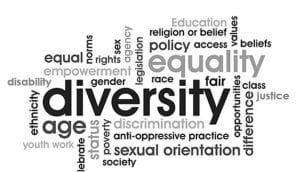 Throughout the production process, designs were moderated by supervisors and peer-reviewed to assess their suitability in representing their intended characteristics. This process allowed for any inaccuracies or unintentional resulting connotations to be queried and/or removed before completion. Each student successfully produced a collection of 25-30 figures of varied characteristics in their own respective artistic styles.
Throughout the production process, designs were moderated by supervisors and peer-reviewed to assess their suitability in representing their intended characteristics. This process allowed for any inaccuracies or unintentional resulting connotations to be queried and/or removed before completion. Each student successfully produced a collection of 25-30 figures of varied characteristics in their own respective artistic styles.
For the student researchers involved, this project provided a greater awareness of the issues of misrepresentation and lack of diversity across various media, and its direct relevance within the architectural design field. Becoming aware of our own unconscious bias has created a lasting change of perspective on how we will approach user representation in future design projects.
Following on from the production stage, importance must be placed in undertaking future research to assess the figures’ effectiveness in informing end-users (prospective students and designers) of the principles of EDI and unconscious bias; evaluating how successful the produced material is in informing a greater diversity and representation of population groups in future architectural visuals. Moreso, it would be beneficial for this collection to be expanded on further by future designers so to further enrich and diversify the catalogue of accessible human figures.
*To view the group’s research poster and presentation recording, please click on the thumbnails below:
